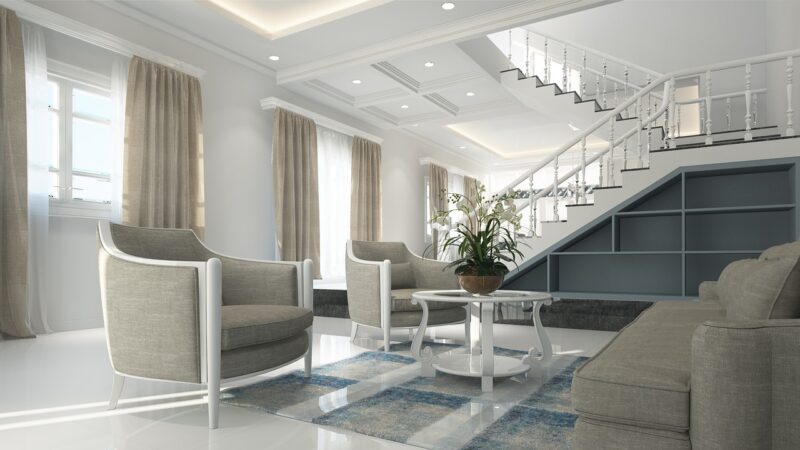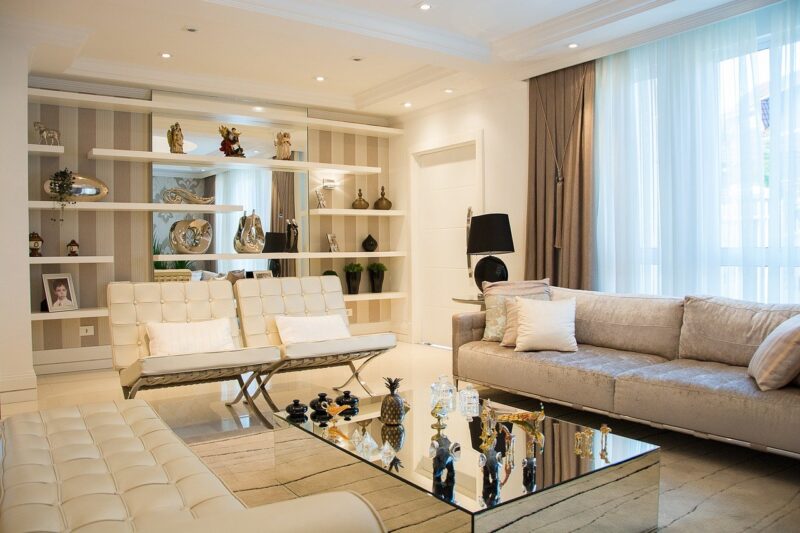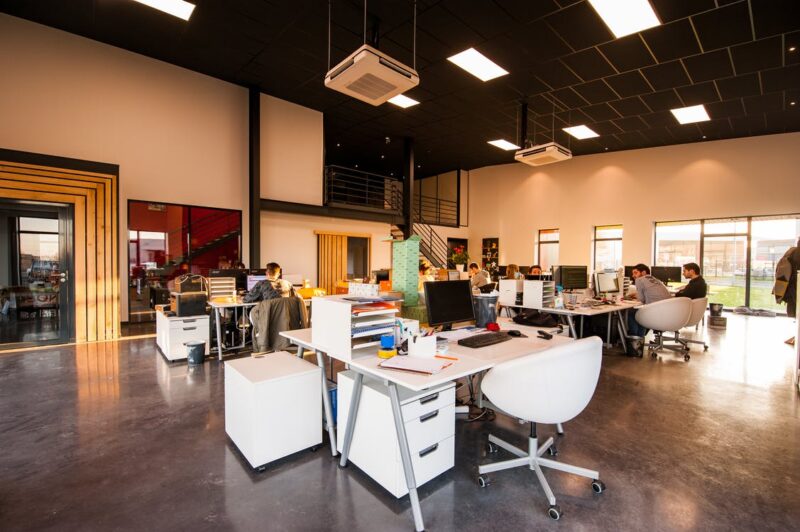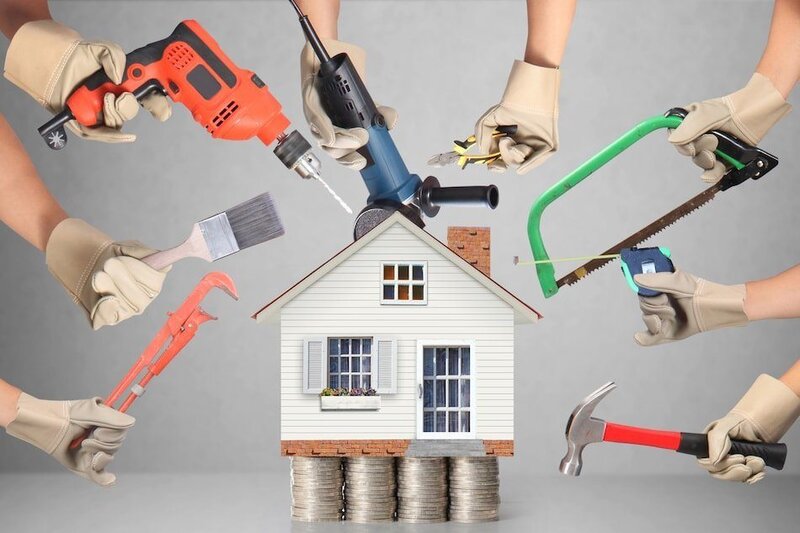5 Home Design Ideas on a Budget That You Should Know
Urbanization growing rapidly has led to migration towards cities and resulted in an increased demand for low-cost homes. Also, with sustainable development, there should be a balance between the environmental impact and energy consumption of materials used for building homes. The low-cost design and materials help offer permanent housing to individuals from middle-income and low-income groups and contribute towards a sustainable solution. Let us discuss affordable design ideas for your home.
Magnesium Oxide Cement
Magnesium oxide cement design houses are developed from a reinforced mixture of cement, lime, and mud. Also called adobe bricks, they are non-toxic, lightweight, and fire-resistant. Compressed earth bricks are used for exterior and dense stucco work and are among the low-cost building materials.
Fly Hollow Ash Bricks
Fly ash bricks are used in low-rise buildings for constructing load-bearing walls. They are made of stone powder or sand, slag, fly ash, and cement or gypsum for bonding. Some fly ash bricks are also made out of mineral residue, glass, water, and fly ash and are energy efficient, water-resistant, and provide natural thermal insulation for a low-cost house.
Autoclaved Aerated Concrete Or AAC

ACC or Autoclaved aerated concrete designs are a mixture of lime, water, gypsum, quartz sand, and aluminum powder. These blocks are formed under pressure and heat within an autoclave according to particular needs. The blocks may be used for interior or even exterior walls and are lightweight and heat resistant. The material decreases energy expenses as it is non-toxic and porous. It is eco-friendly, too, as it forms more than 30 percent less solid waste than conventional concrete.
Prefabricated Houses
Prefabricated houses are increasingly used to meet permanent housing needs as the expense of regular brick, and mortar houses grow exponentially. These homes are made of components that are manufactured and assembled at the home site. The materials include wooden panels, windows, steel frames, gypsum, and cement for floors, along with factory fabricated windows, walls, ceilings, and doors. It varies depending on the needs. The components such as ceiling panels, walls, and structural steel frames may be custom-made and assembled.
Though the materials are nearly 20 percent more expensive than conventional materials, low labor and high-efficiency levels bring down the overall construction expenses. They eliminate the need for auxiliary activities such as plumbing, wiring, and plastering that are carried out at the casting stage.
Bamboo
One of the first materials for design known to man and wood and stone is bamboo. Bamboo is still used in rural and urban areas of Africa, Asia, and Latin America for building houses. It is a green building material famous in India due to its low weight, low cost, and highly durable, but you must treat adequate chemicals to make it bug resistant. As India produces nearly half of the bamboo globally, houses in earthquake-prone areas are constructed with bamboo. The material has good tensile strength that is fire resistant than steel. Also, corrugated bamboo sheets are developed, and these are used for roofing as professionals, which is the best substitute for galvanized or asbestos sheets.



